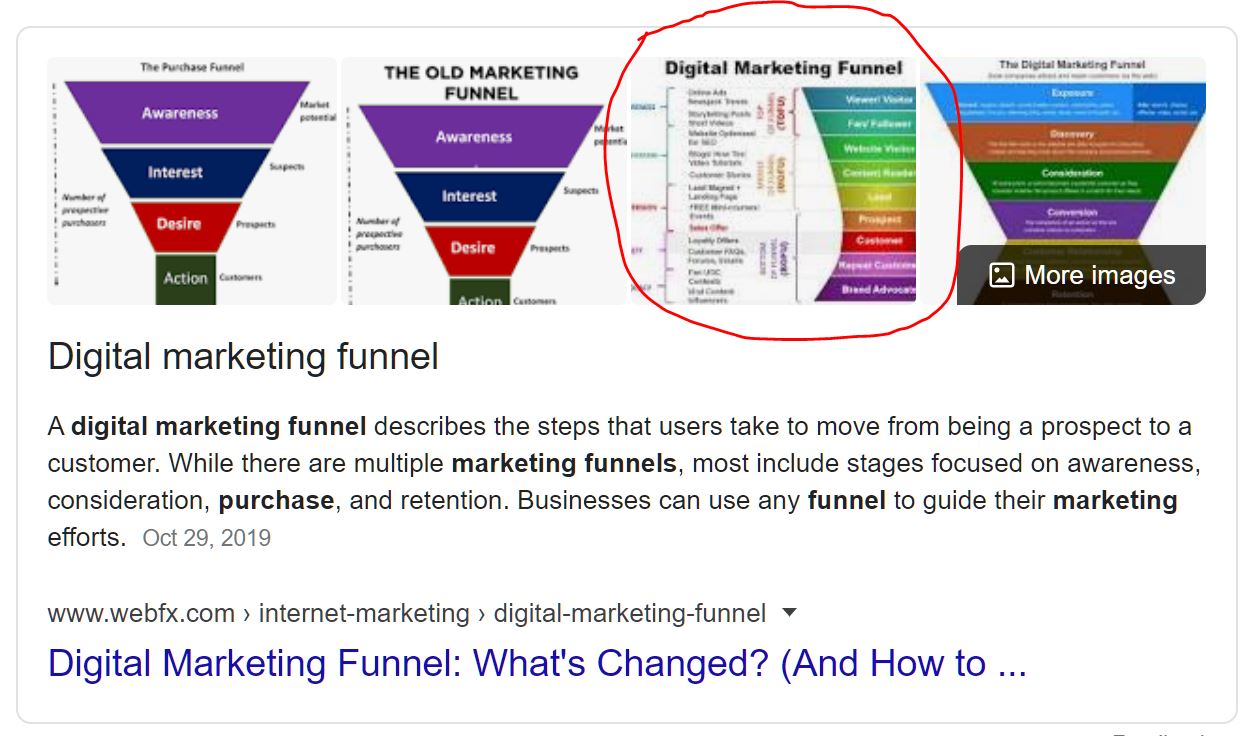
Visual content marketing is the new digital black. In an attention-starved digitally distracted world, images and videos rule.
As I’ve previously written in Visual Content Marketing: Insights from Asia, 90% of the information transmitted to the brain is visual. Moreever, our brain processes images 60,000 times faster than text.
The challenge, however, lies in how we can use visual content for marketing purposes in a strategic way. Throwing something on the digital wall and hoping that it sticks just won’t cut it these days.
What can marketing professionals do to incorporate visuals in their content marketing strategy?
In this article, you will learn how to establish a visual content marketing strategy in a systematic step-by-step manner.
Let us start from the very beginning.
Why You Need a Visual Content Marketing Strategy
A visual content marketing strategy is useful as it augments your main content marketing strategy. Increasingly, images and videos are taking centre-stage in almost all digital platforms, and it makes sense for brands to invest in creating compelling, enchanting and actionable visual content.
Beyond that, consider the following benefits of visual content:
- Helps to simplify complex processes and make them more easily digestible
- Reduce the cognitive load of users, especially when they browse content using a mobile device
- Grabs visual attention and reduces fatigue caused by reading excessive text
- Gains more prominence on search engines like Google. Certain keyword searches result in images being highlighted above text descriptions (eg see the example below which features an image from my article on digital marketing funnel.)

#1 Establish Visual Content Marketing Goals
First and foremost, you need to know what you are using visual content for. How do images, videos and infographics fit into your marketing strategy?
What objectives do you hope to achieve?
- Expand brand awareness
- Drive lead generation
- Boost revenue
- Educate consumers
- Improve customer service
#2 Audit Visual Content Marketing Efforts
Next, consider what your organisation has already done with its existing network. Its amazing how much you can learn just by analysing what visual content efforts you previously did, and measuring the outcomes of these activities.
A couple of things to consider here:
- What were the types of visual content created, posted and shared?
- How frequently were they distributed?
- Which content type (media format, key message, creatives, designs) were most widely shared?
- What ROI did you achieve from these visual content? This should be measured against performance variables like view, clicks, search engine results page ranking, page views, durations etc.
#3 Set Visual Content Marketing KPIs
Which brings us to our next activity – determining your Key Performance Indicators (KPIs). How do you measure the impact of your visual content marketing efforts? Some possible measures include…
- Visibility metrics: page views, visitors and reach
- Engagement metrics: likes, comments and shares/retweets/reposts, no of pages viewed, session duration,
- Acquisition metrics: click-throughs, sign ups, and fan growth (likes or followers on social networks)
- Sales and marketing metrics: leads generated, sales generated, revenue generated, profits, customer satisfaction, referrals
A key thing to note when establishing KPIs is relating cause-to-effect.
Include specific Call To Actions (CTAs) on your visual content platforms and create a unique platform like a landing page to track these. You can also use #hashtags that are brand or product specific to track outcomes.
#4 Establish Visual Content Brand Story
Next, you may want to develop a unique look and feel for your visual content. Here, it is useful to consider your organisation’s brand blueprint.
These may include your brand identity guidelines, logos, brand personality dimensions, PR boilerplates, taglines and other forms of brand storytelling.
While it is important to establish some consistency, do not go overboard with your brand policing such that every piece of visual content looks banal and boring.
Experiment with different aesthetic styles, designs, colours and treatments while having your corporate identity at the back of your heads.
Often, the way you tell your brand story is more important than adhering to a singular colour scheme or plastering the logo on every piece of content. Introducing a little randomness and fun in your visual storytelling not only endears you to your customers – it also helps to make your company more human and believable.
#5 Develop Visual Content Marketing Mix
Now comes the most interesting part – creating the actual content itself.
Some of the most commonly used formats include photographs, videos, infographics, slides, posters, charts, cartoons, advertisements, and drawings.
Here are some useful tips to consider:
- Balance between the cost, time and effort of visual content creation with its results. Videos may yield huge viral effects but are resource intensive. Ditto for infographics and slideshare presentations.
- Ensure that you have the right mix of talent to create the desired content.
- Consider the frequency of sharing the content and its impact on your fans/followers. Too much of a good thing can be bad – even when its a stunning and jaw dropping work of art.
- Weave appropriate captions and text into your images. These can include taglines, CTAs, dates, venues, website addresses, and other useful information.
- Seek to provide more utility and entertainment than generating sales. The rule here is that 80% of your content should be useful or rewarding to your followers and 20% geared towards sales and promotion.
- Optimize your visual content using SEO techniques (keywords, tags, descriptions) and share them widely on your social platforms.
#6 Consider Visual Content Frequency and Channels
How often should you post your images and videos? Where should you post and share them? In answering these questions, you need to think about the following:
- Where do your targeted customers hang out on? Are they more likely to be Facebook adults, Instagram youths, or LinkedIn professionals?
- What are the image and video size requirements for these platforms? Some platforms like Instagram and Facebook favour a more squarish image form factor. Others like Pinterest are great for vertical images like infographics.
- How often can you commit to posting fresh visual content? It is better to under promise and over deliver.
- How will visual content be used? Are they going to be standalone images and videos or will they be shared as part of a bigger piece of content like a white paper or eBook?
- Can you track the outcomes of visual content on the various platforms? How easy or difficult is it to do so?
#7 Measure Visual Content Marketing Success – and Failures
Like any other content marketing efforts, there are no guarantees behind what would work in visual content marketing. However, you can improve your chances of hitting the visual content jackpot by doing the following:
- Institute a regular tracking, monitoring and reporting system
- Share outcomes on a regular basis with the team members, and evaluate what worked and what didn’t in an objective fashion
- Learn from both successes and failures – do not play the blame game. Ever!
- Seek qualitative feedback from your fans, customers and users. Do focus groups and surveys every now and then.
#8 Adopt Adaptive Visual Marketing Techniques
Once you’ve gone through one round of visual content creating, sharing and measuring, use the insights gained to sharpen your game.
Use the lessons learned to refine and improve your visual content, enhance the way they are shared, and strengthen your CTAs.
Remember that visual content marketing is a constantly evolving and revolving journey and not a destination. As you iterate with different forms of visual content, measure what impact each has generated, keep the wheat and discard the chaff.
Are there other strategies that you would employ in your visual content marketing journey? Do share them with me.

2 Comments
Comments are closed.